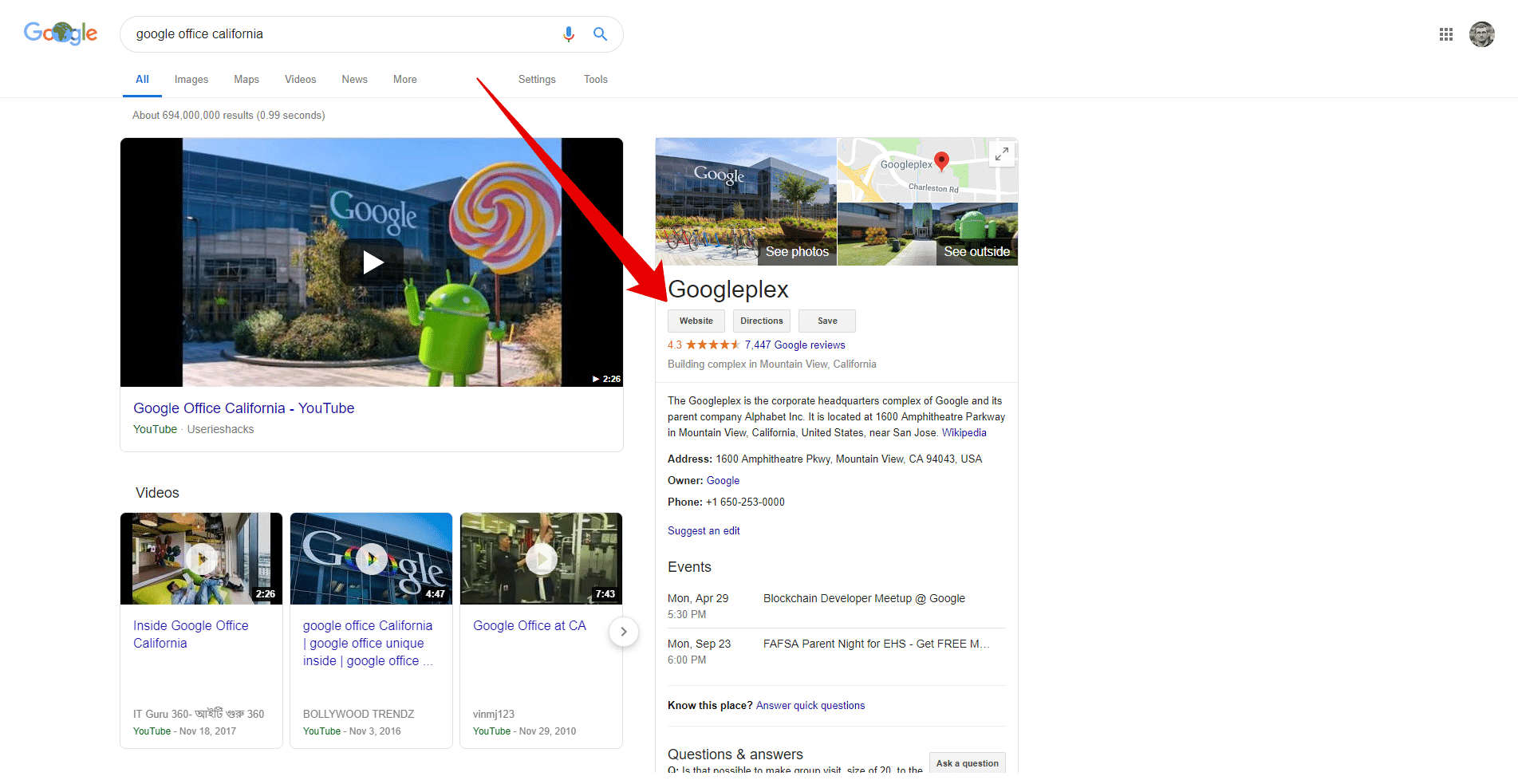There are several well-known classic online marketplace monetization options. We’ve described them in the Marketplace Guide. But, as we always say, there’s no limit for your imagination. We’ve placed a brainstorm in our office to generate ideas on how Multi-Vendor marketplace owners can make money while providing extended services to their vendors and customers. Here’s the result.
1. Google Analytics Enhanced eCommerce tag for separate vendors
We bet your vendors are striving to get more customers and improve conversion. But they lack analytics. They are starving for sales data which you have as a business owner.
Share it for an extra fee or include it into the higher subscription plan. Allow vendors to use their own GA Enhanced eCommerce tags to make the sales procedure transparent. Not only they will pay you with appreciation, but this will also grow their sales and your revenue as a result.
2. Individual Facebook Pixel for each vendor
Almost the same as the GA, but this one exposes the perspective for other sales channels – social media. It will be wise to separate two offers as different vendors may have different primary sales channels.
Allow your vendors to collect the audiences and launch promotions in social media and watch how sales numbers take off as well as your profit.
3. Local SEO settings
Local SEO is a complicated thing to prototype for a huge crowd of vendors from so many different locations. But there’s one tool that can help and always springs up on the first page of search results – Google My Business!
Integrate your Multi-Vendor marketplace with My Business and let vendor connect their accounts with your business. My Business has an extended API which allows synching almost everything giving an ability to embed the management tools right to the vendor panel. This way vendor will be able to manage My Business and Sales from one place.
What’s your profit? Firstly, extra fee for access for those vendors, who don’t have their own site, but want to display a mini-store on the Internet. Secondly, the attached Website in your vendors’ My Business will be… their mini-stores from your marketplace.
Want to flood the first SERP page with your domain for local queries? Encourage your vendors to register in Google My Business, sync with your marketplace and display their storefronts as Websites. Complicated, but worth trying.
4. Tax calculation for different countries
Wait-wait, we’re not talking about paying off taxes for your vendors – this may be one of the most complicated problems for the marketplace owners. We offer you to think of providing tax calculations for each vendor depending on their jurisdiction. Dealing with balance, income, revenue and taxes start right from the spreadsheet. And this is the pain you may offer to kill for some extra bucks a month.
Count taxes in spite of your vendors. Give them an opportunity to concentrate on business. At the end of each month, they will get an email with a clear calculation of their financial flows and a certain tax sum due paying to their regulatory authority.
5. Email marketing integration for vendors
Another profitable opportunity brought up during our brainstorm was email marketing options. Ask yourself, how much would you pay for the ability to reach out to your customers? Your vendors feel the same.
Enable your vendors to collect email of their buyers with their favorite (or your favorite) email marketing service. This way they’ll be able to boost their sales and your profit. Plus, you’ll save time on running email campaigns yourself.
The words of wisdom
The list can go on endlessly just for one reason – your vendors are eCommerce businesses just like you. And they need pretty much the same as you do. Start thinking of them accordingly and supporting their efforts with the necessary tools. Empower your Multi-Vendor marketplace with vendor-centric features, delegate routine and concentrate on growing the revenue.
You can read about Best Marketplace Ideas here
Want to implement one of the listed ideas or have another one? Let’s discuss it!

